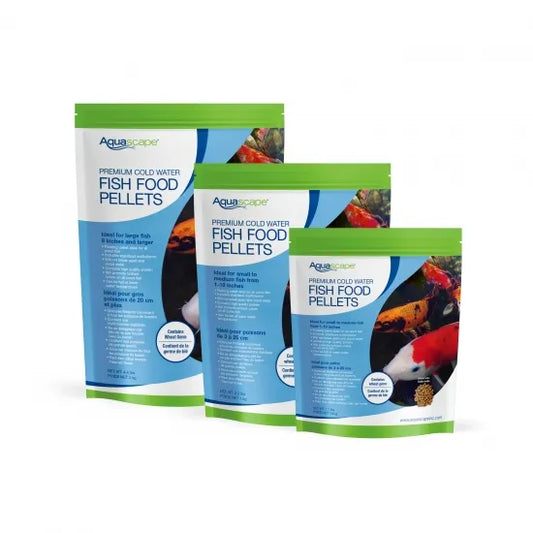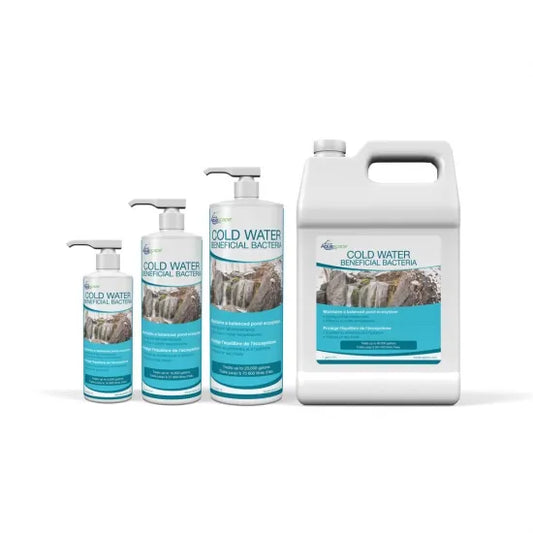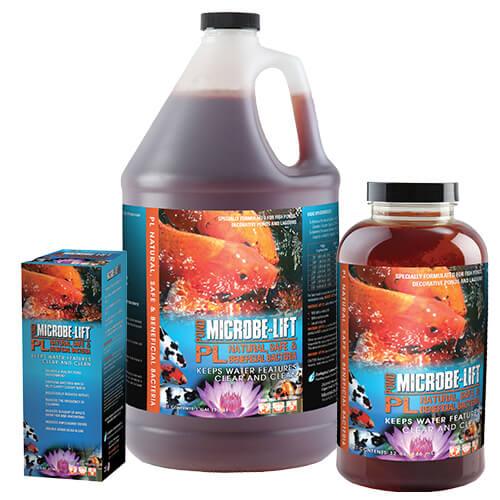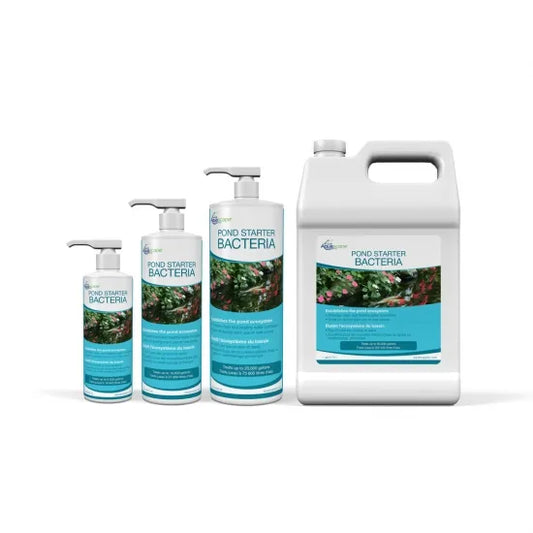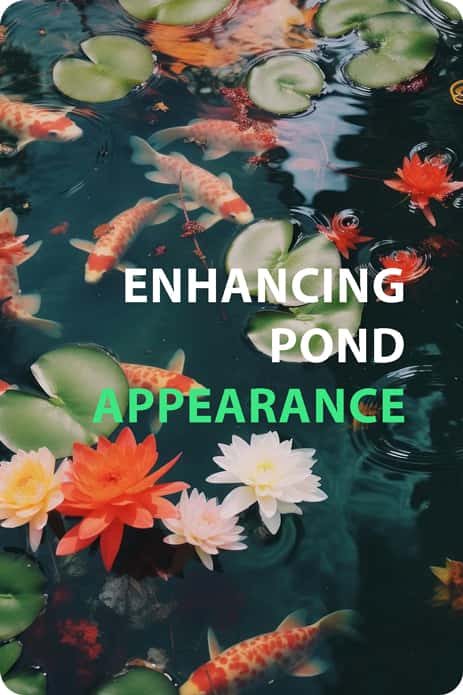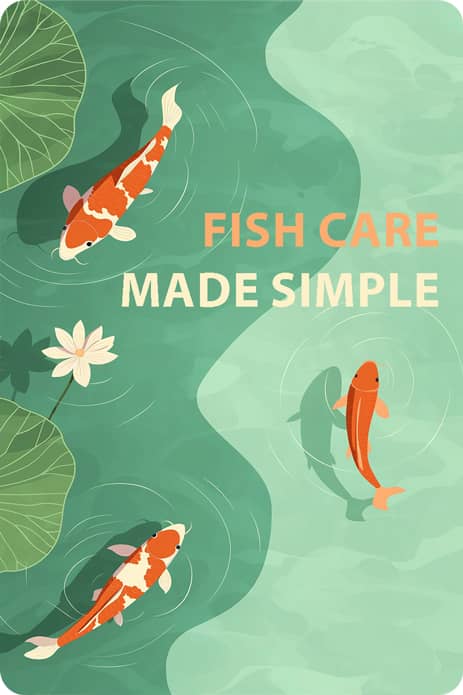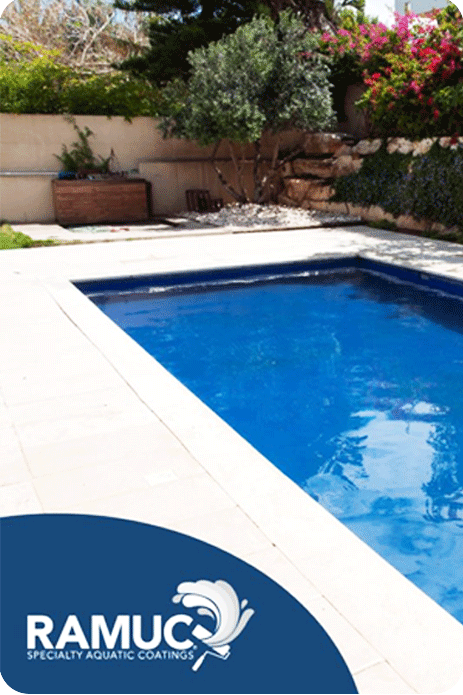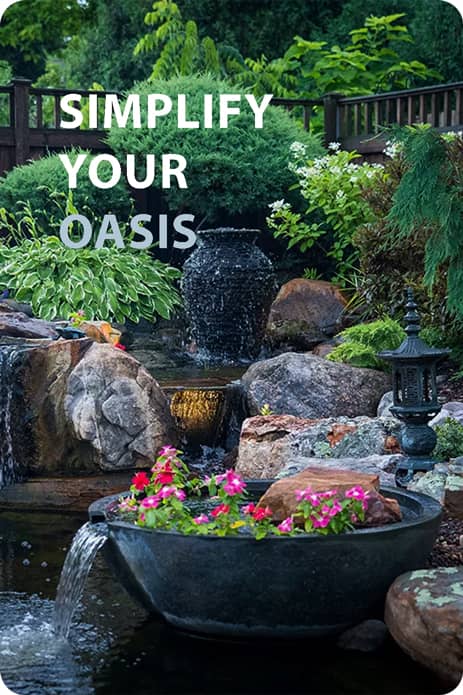As spring breathes new life into your garden, your pond also awakens from its winter slumber. This season of renewal is the perfect time to assess and address any issues that may have developed during the colder months. Understanding what's normal and what's not can help you maintain a healthy and vibrant pond environment.
Murky or Discolored Water
What's Normal? It's common for ponds to experience some cloudiness during the initial thaw as sediments and organic matter mix back into the water.
What's Not? Persistent murkiness or unusual colors (like green or brown) that don't clear up can indicate underlying issues.
Solutions:
-
Limit Feeding: Overfeeding fish can contribute to water cloudiness. Feed only what's necessary.
-
Enhance Filtration: Ensure your filtration system is adequate and functioning properly.
-
Introduce Beneficial Plants: Adding oxygenating plants can help absorb excess nutrients and improve water clarity.
|
|
Algae Blooms
What's Normal? A slight increase in algae growth can occur as temperatures rise and sunlight becomes more abundant.
What's Not? Excessive algae covering large portions of the pond or turning the water green is a sign of imbalance.
Solutions:
-
Reduce Nutrient Input: Avoid overfeeding fish and prevent runoff from fertilized areas.
-
Increase Plant Coverage: Floating and submerged plants compete with algae for nutrients.
-
Use UV Clarifiers: These help control free-floating algae effectively and safely.
|
|
Fish Behavior and Health
What's Normal? Fish may be less active during early spring as they adjust to changing temperatures.
What's Not? Continued lethargy, gasping at the surface, visible sores, or unusual swimming patterns can signal distress.
Solutions:
-
Test Water Quality: Monitor ammonia, nitrite, nitrate, and pH levels regularly.
-
Perform Partial Water Changes: Replace 15–25% of water to help reduce toxins and refresh the system.
-
Consult a Specialist: If issues persist, contact a pond expert or aquatic veterinarian.
|
|
Plant Health
What's Normal? Some dieback of aquatic plants is expected after winter dormancy.
What's Not? Plants that don’t show new growth by mid-spring or appear diseased may require attention.
Solutions:
-
Prune Dead Material: Remove decayed plant matter to reduce nutrient load and improve aesthetics.
-
Fertilize Appropriately: Use pond-safe aquatic fertilizers to promote healthy regrowth.
-
Replant If Needed: Replace failing plants with species suited to your pond's sunlight and depth conditions.
|
|
Equipment Functionality
What's Normal? Filters, pumps, and lights may require seasonal maintenance or cleaning after winter.
What's Not? Malfunctions, unusual noises, or lack of water movement can indicate damage or blockage.
Solutions:
-
Inspect and Clean: Check all components for debris, wear, and tear; clean as needed.
-
Test Before Full Use: Run equipment briefly to confirm operation before continuous use.
-
Replace Damaged Parts: Swap out any non-functioning components to avoid system failure.
|
|
Unwanted Pests
What's Normal? Occasional wildlife like birds or frogs may visit your pond naturally.
What's Not? Persistent pests—like herons, raccoons, or invasive insects—can pose a threat to fish and plants.
Solutions:
-
Use Deterrents: Install netting, decoys, or motion-activated sprayers to scare off predators.
-
Encourage Natural Balance: Promote native plants and habitats that support beneficial species.
-
Monitor Regularly: Identify and address pest problems early before they escalate.
|
|

